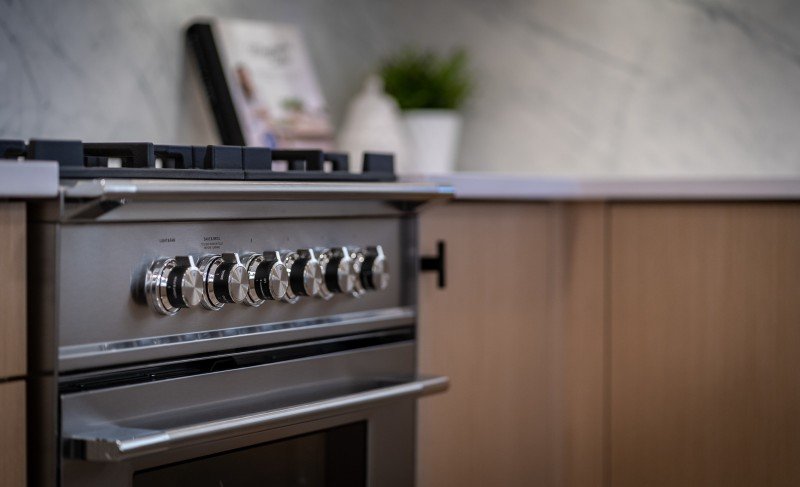This company has no active jobs
11 Ways To Completely Sabotage Your Hobs And Ovens

Understanding Hobs and Ovens: A Comprehensive Guide for Cooking Enthusiasts
The kitchen is typically considered as the heart of the home, where culinary productions come to life. Two essential parts of any kitchen are the hob and the oven. While they are both essential for cooking and cooking, lots of homeowners may not totally understand the differences, functionalities, and various types readily available in the market today. In this article, we will explore these devices in information, assisting you make informed decisions for your cooking needs.
Table of Contents
- What is a Hob?
- 1.1 Types of Hobs
- 1.2 Benefits of Different Hob Types
- What is an Oven?
- 2.1 Types of Ovens
- 2.2 Benefits of Different Oven Types
- Choosing the Right Hob and Oven for Your Kitchen
- Often Asked Questions (FAQs)
- Conclusion
What is a Hob?
A hob, typically referred to as a cooktop, is a cooking surface area that you put pots and pans on to prepare food. It includes a variety of heating aspects and is often installed on countertops. In contemporary cooking areas, hobs are available in various styles, technologies, and functionalities.
1.1 Types of Hobs
There are a number of types of hobs available in the market:
| Type | Description |
|---|---|
| Gas Hob | Uses burner for cooking, using precise temperature control. |
| Electric Hob | Operates using electrical heating aspects, typically seen in solid or radiant types. |
| Induction Hob | Uses magnetic fields to heat pots and pans directly, promoting energy performance. |
| Ceramic Hob | Functions a smooth glass top, using electric coils underneath the surface area. |
| Solid Plate Hob | Conventional electric hobs with exposed metal plates that heat up. |
1.2 Benefits of Different Hob Types
Gas Hobs:
- Quick heating and cooling.
- Visual flame control for accurate cooking.
Electric Hobs:
- Even heating; perfect for simmering and boiling.
- Easy to clean up, especially flat surface areas.
Induction Hobs:
- Energy-efficient as just the pot warms up.
- Safety features, such as automated shut-off.
Ceramic Hobs:
- Attractive looks with a smooth finish.
- Even surfaces for easy cleansing.
Solid Plate Hobs:
- Cost-effective and long lasting.
- Great for standard cooking requirements.
What is an Oven?
An oven is a kitchen home appliance used for baking, roasting, and broiling food. Ovens can be standalone systems or built into kitchen cabinetry, supplying various cooking methods that can enhance or change ingredients.
2.1 Types of Ovens
Comparable to hobs, there are several kinds of ovens, each with its benefits:
| Type | Description |
|---|---|
| Standard oven hob | Runs with heating aspects, perfect for baking. |
| Stove | Utilizes fans to distribute hot air, cooking food uniformly and rapidly. |
| Microwave Oven | Cooks food using electromagnetic radiation; suitable for reheating. |
| Steam Oven And Hob Deals | Makes use of steam to cook food, protecting wetness and nutrients. |
| Wall Oven | built in ovens sale into the wall, providing convenience and visual appeal. |
2.2 Benefits of Different Oven Types
Standard ovens uk:
- Simple to use without any complicated settings.
- Versatile for numerous cooking methods.
Convection Ovens:
- Faster cooking times due to air circulation.
- Boosted browning and crisping for baked goods.
Microwave Ovens:

- Quick cooking or reheating of food.
- Energy-efficient for low-volume cooking.
Steam Ovens:
- Health-conscious cooking that maintains nutrients.
- Exceptional for baking bread and cooking veggies.
Wall Ovens:
- Convenient placement; conserves space.
- Less flexing required to access cooking dishes.
Picking the Right Hob and Oven for Your Kitchen
When choosing a hob and oven, factors such as space, cooking design, and personal preferences ought to be considered. Here's a basic guide to assist you select:
Factors to Consider
- Cooking Needs: Evaluate your cooking practices. Do you frequently bake, or is stovetop cooking more common?
- Area Availability: Measure your offered kitchen space. Some hobs or ovens may require more room than others.
- Fuel Type: Decide between gas and electric, based on accessibility and personal preferences.
- Budget: Determine what you're ready to invest and discover alternatives within that range.
Quick Tips
- Focus on Efficiency: Look for energy-efficient designs to reduce long-term expenses.
- Check out Reviews: Explore user evaluations to gather opinions on performance and reliability.
- Consult Professionals: Seek suggestions from kitchen design experts when preparing your layout.
Regularly Asked Questions (FAQs)
1. What is the difference between a hob and an oven?
A hob is a cooking surface typically for stovetop cooking, while an oven on sales is an enclosed area used for baking, roasting, and broiling food.
2. Can I utilize any pot on an induction hob?
No, induction hobs need magnetic pots and pans. Stainless steel and cast iron pots work, however non-magnetic materials like aluminum will not.
3. How do convection ovens vary from conventional ovens?
Convection ovens use fans to distribute hot air for even cooking, whereas conventional ovens sales do not have this function.
4. Is it possible to have both a hob and oven as a single system?
Yes, there are range cookers that integrate a hob and an oven within one home appliance, offering a comprehensive cooking service.
5. How do I tidy my hob and oven?
A lot of hobs and ovens have advised cleansing methods depending on their products. It is suggested to consult the maker's instructions for the best practices.
Comprehending the distinctions in between hobs and ovens is important for anyone wanting to optimize their kitchen area or improve their cooking abilities. By knowing the numerous types, their benefits, and how to select the ideal ones for your requirements, cooking can become a more enjoyable and efficient experience. Whether you are a knowledgeable chef or a beginner cook, the ideal combination of hob and oven can elevate your culinary creations to new heights.
- Endereço Australia
